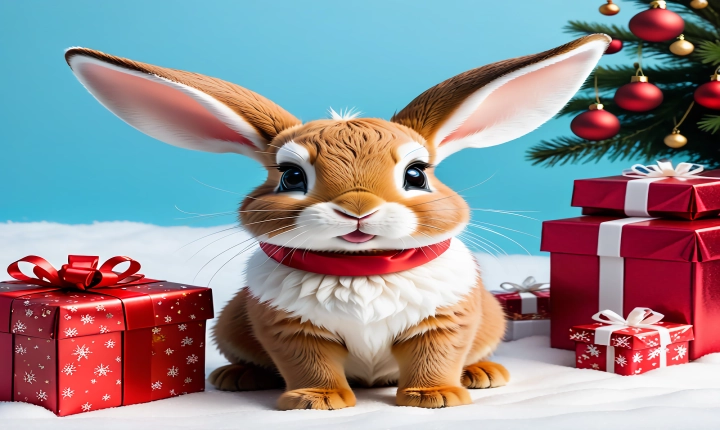Title: Can Machines Be Creative? Meet AI Artists
In recent years, the use of Artificial Intelligence (AI) in creative fields has become increasingly prevalent. From composing music to generating visual art, AI is pushing the boundaries of what we consider to be creative. This has sparked a debate about the role of machines in the creative process and whether AI can truly be considered an artist. Let’s delve into this intriguing topic and explore the capabilities of AI in the realm of creativity.
One of the most captivating aspects of AI in the creative sphere is its ability to produce original and compelling works of art. A prime example of this is the creation of artwork by AI artists such as Aiva, a musical AI that composes captivating melodies and harmonies. Aiva has demonstrated an impressive capacity to produce music that resonates with audiences, raising questions about the nature of creativity and the role of human emotion in art.
Similarly, visual artists like DABUS have gained attention for their striking and thought-provoking creations. DABUS, short for “Device for the Autonomous Bootstrapping of Unified Sentience,” is an AI system that has generated artwork which has been lauded for its unique style and expression. The artworks created by DABUS have led to discussions about the role of intentionality and consciousness in the artistic process, as well as the potential for AI to evoke emotional responses in viewers.
Critics and scholars have offered diverse perspectives on the implications of AI-produced art. Some argue that the concept of creativity itself may need to be redefined to encompass the innovative output of AI systems. This shift in thinking challenges traditional notions of creativity as an inherently human endeavor, leading to a reevaluation of the boundaries between human and machine-generated art.
On the other hand, skeptics assert that AI lacks the capacity for true creativity, as it operates based on algorithms and data rather than human emotion and intuition. They argue that while AI-generated art may be aesthetically pleasing, it lacks the depth and complexity that is inherent in human creativity. The debate around the authenticity of AI-created art raises important questions about the intrinsic nature of creativity and the potential impact of AI on the artistic landscape.
Despite the controversies, it is undeniable that AI has revolutionized the creative process, offering new tools and techniques for artists to explore. The fusion of human and machine creativity has led to fascinating collaborations, where AI serves as a catalyst for unique and innovative artistic expressions.
Furthermore, the emergence of AI in the arts has opened up possibilities for the democratization of creativity. AI tools enable individuals with no formal training in music composition, painting, or other artistic disciplines to engage in creative pursuits and produce meaningful work. This broadening of access to creative expression has the potential to transform the way we perceive and engage with art, as well as to foster a more inclusive and diverse artistic community.
In conclusion, the rise of AI in the creative realm has ignited a lively debate about the nature of creativity and the role of machines in artistic expression. While some remain skeptical about the authenticity of AI-generated art, others see it as a groundbreaking development that challenges conventional understandings of creativity. Whether AI can be considered a true artist is a question that continues to be explored, but one thing is certain: the intersection of AI and creativity has sparked a new era of artistic innovation, redefining the boundaries of what is possible in the world of art.
